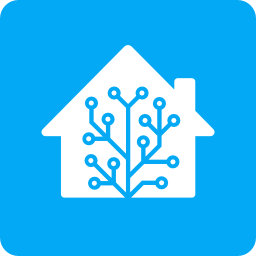

I think we are getting too off topic here so maybe make a seperate post in here asking how to tinker with selfhosting, dns, tinkering etc and you can have multiple people’s inputs.


I think we are getting too off topic here so maybe make a seperate post in here asking how to tinker with selfhosting, dns, tinkering etc and you can have multiple people’s inputs.


It can be a good idea to mentatlly seperate your router needs with you 2.5G speeds and WiFi needs, they dont have to live on the same device. For you private lan you need a router so you can hide and control your devices behind NAT and firewall. For that I’d just recommended one of the small hap or hax devices that suits your needs for routing, and/or wifi. If you want to be fancy the RB9005U could maybe work with your switching need as well.
You don’t need Vlan. I believe it is not what you think it is. Vlan is if you want to segregated your own lan int to different independent lans with various firewall rules.
All you need for your dorm is NAT. But for the love of god make sure that you dont connect your lan with the dorm lan or your DHCP server will start handing out IP’s to everyone else in your dorm and it will crash the dorm router. The ethernet jack in the wall of your dorm (I assume that’s how it works for you) needs to go to the WAN port of the router. But bare in mind on mikrotik you can configure the WAN port to be any physical port you want, but with default config it is port 1.


I have done this before as well when living in a dorm where wifi was shit so i did my own little setup in my room so I could stream to Crome cast etc on my own trusted lan. Get a small router with support for wire Guard vpn (i love mikrotik for this) and you have an easy way to tunnel out for all your devices.


Those dht11 sensors are garbage tho. Best case they are wildly off on their humidity sensor. Worst case they keep breaking and shows nonsense readings. I would recommend bme280 sensor instead. If you read about them you might see people complain that they are reading too high temperatures, but in my experience its because they are misconfigured. Default settings have a very high sampling rate of multiple samples per second that heats up the sensor a tiny bit giving you the offset. Lowering the sampling rate or turn the sensor off completely in between readings gives really precise measurements on both temperatures and humidity.
Already deleted organic maps and downloaded comaps instead and used it yesterday. Works great for navigation showing intersections and turns at a nice zoom level and clear guides. Love it over Google maps already.
Only major downside is live traffic and also that map changes for closed roads doesn’t seem to update the navigation. The navigation still takes me down a temporary closed road that as far as I can see on osm.org is marked as closed but I’m not sure who’s fault it is because the road is also still visible on osm.org and only by selecting the road and looking at metadata can I see that it is closed. Not sure how and where to report this bug.